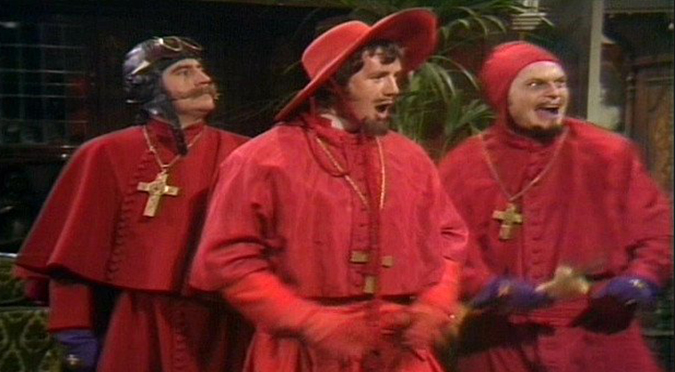
THE SPANISH INQUISITION!
July 11, 2016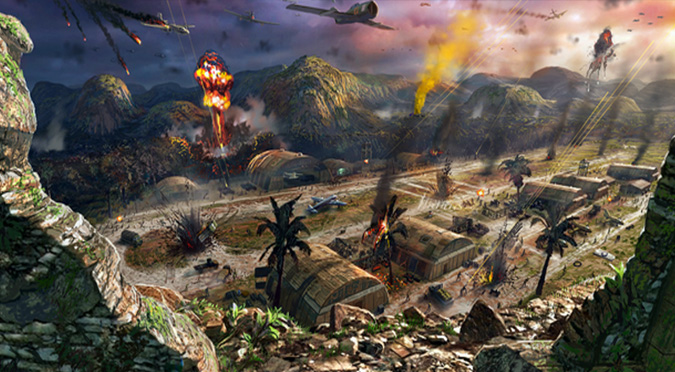
THE CUBAN MISSILE CRISIS (Part 2: A Bay of Pigs?)
August 19, 2016CLICK HERE TO CHECK OUT THE PODCAST EPISODE!
The Cuban Missile Crisis — October 14-28, 1962
“The most terrifying moment in my life was October 1962, during the Cuban Missile Crisis. I did not know all the facts – we have learned only recently how close we were to war – but I knew enough to make me tremble.”
– Joseph Rotblat

On October 27th, 1962, the world came closer than ever before to the brink of destruction.
But before that a lot of other convoluted stuff happened. You see, World War II had abruptly ended with the obliteration of Hiroshima and Nagasaki, leading to the near-immediate onset of The Cold War – an intense political conflict between the United States and the Soviet Union (from 1947-1991), that basically consisted of two beefcake countries desperately flexing their guns till everyone else stopped caring.
It was also the cause of numerous proxy-wars such as The Korean War and Vietnam, but that’s another story for another article…
The Cuban Missile Crisis was smack dab in the middle of all this chaos.
COLD WAR TENSIONS
Before I delve into the intricacies of one of the biggest political train wrecks of the 20th century, a little background info… The first testing of the Atom Bomb – at Los Alamos on July 16th, 1945, was a turning point in human history. At that moment, the destructive force of atomic power was unleashed on the rest of the world. And when those two bombs were dropped on Hiroshima and Nagasaki, nothing could ever put that genie back in the bottle.
 Upon seeing the unprecedented destructive power of The Bomb, Soviet dictator and mustache twirling supervillain, Joseph Stalin wanted to know where he could get some of those fireworks. It didn’t take long for Stalin’s spies to get their hands on the schematics to build their own arsenal of doomsday weapons.
Upon seeing the unprecedented destructive power of The Bomb, Soviet dictator and mustache twirling supervillain, Joseph Stalin wanted to know where he could get some of those fireworks. It didn’t take long for Stalin’s spies to get their hands on the schematics to build their own arsenal of doomsday weapons.
Luckily Stalin died in 1953 before he could start a nuclear-fueled bottle-rocket shooting match, but the US / Soviet conflict didn’t die with him. Ever since the two former ally-turned-enemies got their hands on their own stash of nukes, these two egotistical super powers attempted to outdo the other one by upping their nuclear stockpiles until they both had waaay too many to ever hope to use. At one point, the two countries had sooo many nuclear armaments, that their arsenals combined had enough fire-power to destroy the entire human population of the planet a good 50 times or so.
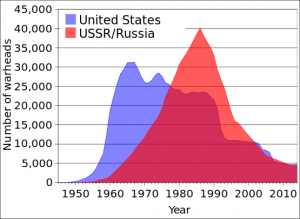 What makes the Cold War so different from previous conflicts in history is that this time the very survival of the human race was in jeopardy. Paranoid-fueled politics led to a nuclear arms race in which each side attempted to outmatch the other. Meanwhile, the US created NATO in an effort to counter-act the spread of communism, which added more gasoline to the forest fire. As the Cold War began to heat up, the two super powers finally agreed on the M.A.D. doctrine (mutually assured destruction), which is basically a policy of deterrence that says: should either side attack, the other side will retaliate with equal or greater force, resulting in the total annihilation of both parties… yikes!
What makes the Cold War so different from previous conflicts in history is that this time the very survival of the human race was in jeopardy. Paranoid-fueled politics led to a nuclear arms race in which each side attempted to outmatch the other. Meanwhile, the US created NATO in an effort to counter-act the spread of communism, which added more gasoline to the forest fire. As the Cold War began to heat up, the two super powers finally agreed on the M.A.D. doctrine (mutually assured destruction), which is basically a policy of deterrence that says: should either side attack, the other side will retaliate with equal or greater force, resulting in the total annihilation of both parties… yikes!
Throughout the Cold War, the Soviet Union took over numerous countries by force. In response, the US would often help overthrow democratically-elected leaders in favor of anti-communist dictators in Latin America, Africa, and the Middle East, even sending military aid to anyone opposed to the USSR, regardless of how morally bankrupt they were. The enemy of my enemy is my friend or something. (Kinda like how we teamed up with the Soviet Union against the Nazis that one time.)
This poorly thought out policy actually led to many of the problems our current world faces today…
Well that whole America backing anti-communist (albeit kinda evil) dictators thing is sorta what also happened in Cuba and, to everyone’s surprise (as you probably guessed), it backfired spectacularly by giving rise to a communist dictator: the very thing the US was afraid of from the start.
At the height of the Cold War, Cuba was stuck in an awkward situation between the US and the USSR. In 1961 the United States placed Jupiter missiles in Turkey in an attempt to discourage the Soviets from invading Europe further, but instead antagonized the USSR into counteracting with some strategic missile placements of their own…
CUBAN HISTORY
You see, the island of Cuba has a long complicated history with the United States. First ‘discovered’ by Columbus in 1492, the native inhabitants of the island (that technically discovered it first) were soon enslaved, exploited, and killed by the foreign explorers invaders. Cuba remained a Spanish colony for several centuries, until The Spanish-American War of 1898 which led to a US occupation. In 1902, the US granted Cuba it’s independence.
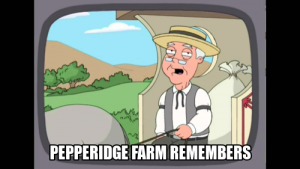
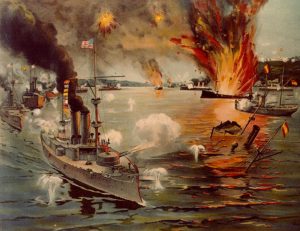 Estrada Palma was elected the first President of Cuba, but four years later, when his term was up he attempted to stay in office, leading to a revolt in the streets. American President, Teddy Roosevelt sent an invasion force in to protect the US’s economic interests and established an occupation that lasted for years. Over the next few decades, America had become a permanent military presence and held constant economic influence over the island. It was during this time that the Cuban people saw themselves losing their independence as a colony of the United States and in 1925 some sought refuge in a new growing movement, The Communist Party of Cuba.
Estrada Palma was elected the first President of Cuba, but four years later, when his term was up he attempted to stay in office, leading to a revolt in the streets. American President, Teddy Roosevelt sent an invasion force in to protect the US’s economic interests and established an occupation that lasted for years. Over the next few decades, America had become a permanent military presence and held constant economic influence over the island. It was during this time that the Cuban people saw themselves losing their independence as a colony of the United States and in 1925 some sought refuge in a new growing movement, The Communist Party of Cuba.
Then, in 1933, a disorganized group of protesters gathered together in the streets and demanded basic human rights from their government, you know: a minimum wage, an 8 hour work day, and the ability for workers to own land. This popular movement began to make serious headway in reforming their government without the interference of Washington, well that is until 1934, when the US-backed a right-wing coalition of extremists led by Sergeant Fulgencio Batista y Zaldívar decided to take things in a different direction.
After coming to power as the self-appointed Chief of the Cuban Armed Forces, Sergeant Batista controlled the government from behind the scenes with a series of puppet Presidents, before finally getting himself elected in 1940 under suspicious means. After his four year term, he fled to the US after receiving a number of threats from his opposition. Then in 1952, Batista returned to Cuba – where he once again ran for President, but this time when he saw that he was running behind in the polls, he decided to take matters in his own hands.
Sergeant Batista led a military coup against the Cuban government and became its dictator. Upon seizing power, Batista suspended the 1940 Constitution and revoked the people’s civil liberties, like the ability to protest. He didn’t stop there though – he censored the media, used his position to turn a profit, made deals with the Havana mob and even created an entire agency (The Bureau for the Repression of Communist Activities) to brutally torture and kill anyone who opposed him.
It’s estimated that under Batista’s rule, anywhere from 10-20,000 Cubans were murdered for not being cool with having their rights taken away by an egotistical dictator. All the while, the US seemingly didn’t have a problem with President Batista as long as he wasn’t ‘one of them commies’…
ENTER CASTRO – THE REVOLUTIONARY
Fidel Castro was a young lawyer and political activist in the 1950’s who championed the working class and sought to do something about all the corruption plaguing his country. When legal means failed him, Castro decided it was time for a revolution. Joining forces with fellow revolutionary, Che Guevara and his brother Raúl, Fidel began The 26th of July Movement, so named for the previous failed attack at Moncada. Utilizing guerrilla warfare tactics, Castro’s revolutionaries eventually managed to overthrow Batista in 1959.
Fidel Castro was appointed the Prime Minister of Cuba. From his new position, Castro instituted a number of social reforms for the poor. After the revolution, Castro made a visit to the United States in an attempt to ease relations. The Eisenhower administration though wasn’t too keen on being friends to someone with Marxist leanings. Things completely crumbled however when Castro began to network with other Communist regimes, namely the USSR.
Despite many of the good things Castro did, many Cubans felt that they had simply traded one ruthless dictator for another. In the early years of Castro’s rule, his regime executed thousands of POW’s loyal to Batista in a series of mass trials. After Castro made a trade agreement with the Soviet Union, the United States pulled out it’s support and placed an embargo on exports to Cuba.
Then Castro met Khrushchev…
KHRUSHCHEV
 Nikita Khrushchev succeeded Stalin as the First Secretary (of the Central Committee of the Communist Party) of the Soviet Union in 1953. As a leader, he was but a cog in a machine. Almost immediately after Stalin’s death, Khrushchev attempted to undo much of the damage the former dictator had done, but much of what Stalin had set in motion could not be undone. Many of his Soviet comrades did not trust his apparent bipolar behavior.
Nikita Khrushchev succeeded Stalin as the First Secretary (of the Central Committee of the Communist Party) of the Soviet Union in 1953. As a leader, he was but a cog in a machine. Almost immediately after Stalin’s death, Khrushchev attempted to undo much of the damage the former dictator had done, but much of what Stalin had set in motion could not be undone. Many of his Soviet comrades did not trust his apparent bipolar behavior.
Khrushchev had been one of Stalin’s strongest supporters, but claimed it was self preservation, after all Stalin had been known to torture and kill the families of those who questioned him. Khrushchev was given the impossible task of repairing the damage Stalin had caused, while under pressure to maintain the appearance of strength against their enemies… namely the United States. <Insert dramatic music>
To be continued – Part 2: A Bay of Pigs?
ERIK SLADER
Want to help support “Epik Fails of History”? Click below to give a dollar a month! Your valued support will enable me to continue writing, maintain the website, do more research and so much more…
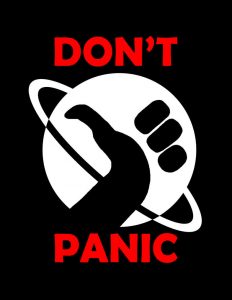 —– More articles on Historic Failure:
—– More articles on Historic Failure:
—Sources:
“Thirteen Days: A Memoir of the Cuban Missile Crisis” by Robert F. Kennedy
“Days of Decision: Kennedy and the Cuban Missile Crisis” by Cath Senker
“The Cold War: A History” by Martin Walker
“History Uncovered: Bay of Pigs – Declassified” – History Documentary
http://www.history.com/topics/cold-war/cuban-missile-crisis
http://www.jfklibrary.org/JFK/JFK-in-History/Cuban-Missile-Crisis.aspx
http://www.u-s-history.com/pages/h1736.html
http://www.saturdayeveningpost.com/2012/10/18/history/post-perspective/cuban-missile-crisis-timeline.html
http://latinamericanhistory.about.com/od/historyofthecaribbean/p/08cubanrevo.htm
https://www.bostonglobe.com/news/nation/2012/10/26/shootdown-pilot-years-ago-propelled-peaceful-resolution-cuban-missile-crisis/hFM3xaCrZg4mLf4w0iXrKL/story.html
https://www.theguardian.com/commentisfree/2012/oct/27/vasili-arkhipov-stopped-nuclear-war

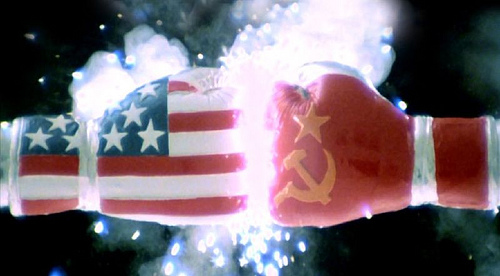
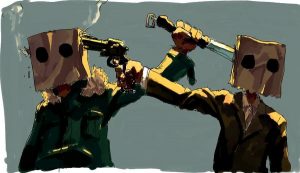
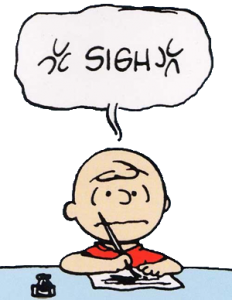



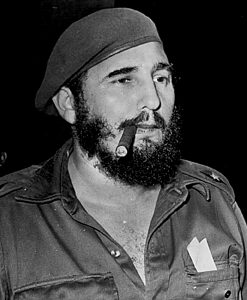
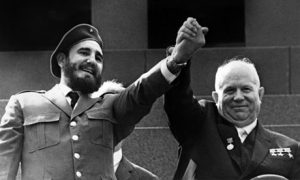


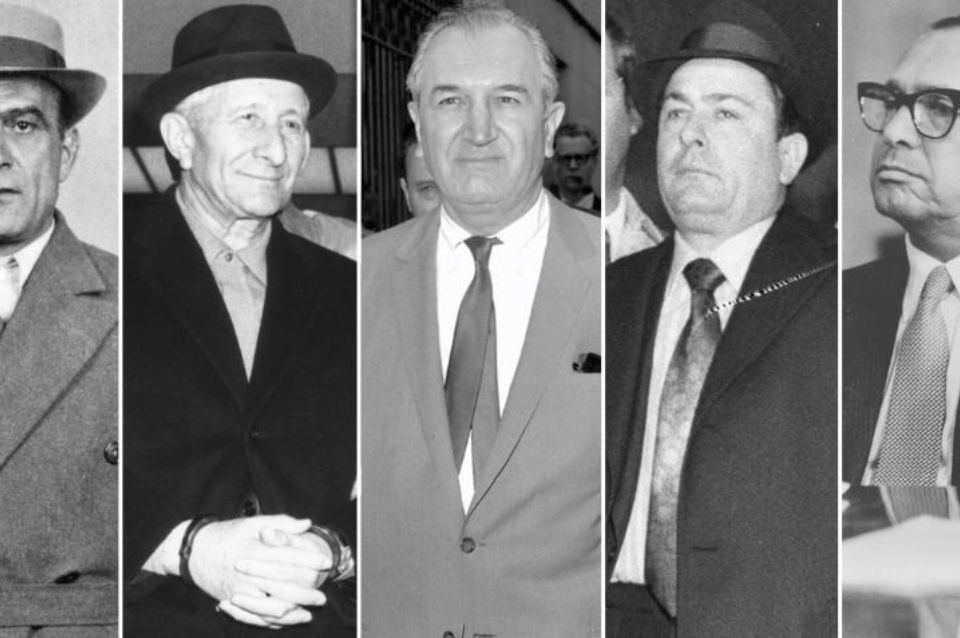
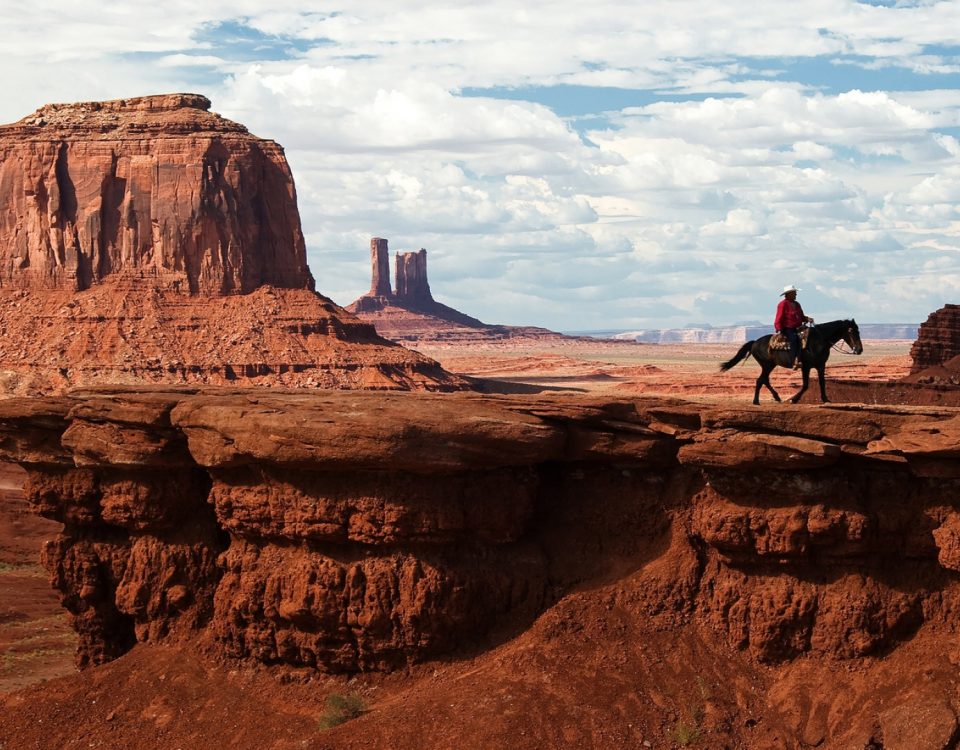
9 Comments
Only a smiling visitant here to share the love
(:, btw great design and style.
Some genuinely marvelous work on behalf of the owner of this site, absolutely great articles.
Thank you for the auspicious writeup. It in fact was
a amusement account it. Look advanced to far added agreeable from you!
However, how could we communicate?
Thank you! Feel free to e-mail me: ErikSlader@gmail.com
I’m really impressed with your writing skills as well as with the layout
on your weblog. Is this a paid theme or did you customize it yourself?
Either way keep up the excellent quality writing, it
is rare to see a nice blog like this one today.
Thanks man. I started out on WordPress with a free theme, but have since have upgraded to my own server and customized the theme with a few tweaks here and there.
Fantastic article.Thanks Again. Really Great.
[…] During his far too short Presidency, JFK had to contend with far more than most Presidents that came before and after. The Cold War was quickly heating up, the country was divided, and the Civil Rights movement was at a critical point. Communism was spreading around the world and racial violence was erupting around the country. Kennedy had a number of epic failures happen on his watch, most notably the failed ‘Bay of Pigs’ Invasion of Cuba, but he ultimately made up for it, with his calm-headed handling of the Cuban Missile Crisis that followed, when the world came closer than ever before to a full-scale nuclear war… (More on all that here!) […]
[…] *Also be sure to check out the original three-part blog article: The Cuban Missile Crisis: Cold War … […]